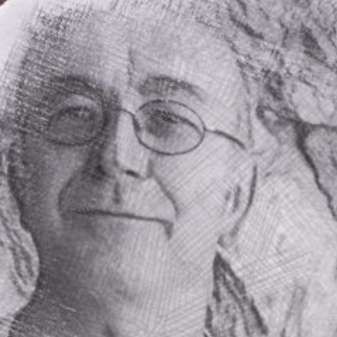You could tell that the audience had high hopes for the evening by the packed-out pre-concert talk. The lion's share of this was devoted to a conversation between William Chandler (associate leader of the Royal Scottish National Orchestra) and a very relaxed Steven Osborne, in which they discussed the programme's two piano concertos - and the relatively rare phenomenon of playing two concertos in one evening. Osborne reminded us that Shostakovich was himself a brilliant pianist and then joked that conductor, Stéphane Denève, had said how fond he was of the brisk pace of the composer's recordings. This talk, along with Denève's humorously informative welcoming remarks, put across the architecture of programming in a way that enabled the audience to enjoy the concert as a whole, in addition to each work being a discrete emotional experience. The programming of early and late works of both composers also allowed the attentive listener to track the evolution of compositional style in both cases.
Büsser's 1912 orchestration of Debussy's 1887 composition, Printemps: Suite Symphonique, was a great opener - the gossamer texture of the early part of the work contrasting nicely with more densely florid later passages. The orchestral balance was wonderfully clear and the playing very expressive. For me the performance chimed with Debussy's stated aim of expressing "the slow, laborious birth of beings and things in nature and then the mounting florescence, and finally a burst of joy in being reborn to a new life." This struck me as a particularly mature take on Spring for a relatively young man.
Within the opening few chords of Jeux: Poème Dansé (1913) - which opened the second half - one could hear the change of idiom. The harmonies here were more dissonant than anything I'd ever heard in Debussy. Quixotic changes of mood made sense upon seeing the speed at which the surtitles changed. Drawn from Debussy's orchestral score - written to accompany Nijinsky's choreography - they describe the nocturnal flirtations of a young man and two young girls while searching for a lost tennis ball. The RSNO's woodwind players were particularly impressive in the many moments they were called upon to convey both solo and ensemble coquetry.
Joining Steven Osborne on stage for Shostakovich's Concerto for piano, trumpet and strings in C minor, Op.35 (1933), was RSNO's principal trumpet player, John Gracie. The seated trumpeter gave some clue as to the balance in the work which, with the possible exception of the closing Allegro con brio, taxes the pianist more heavily than the trumpet. That said, what a finale to the first half it was! Shostakovich - always prone to reach for the snare drum in up-tempo movements - seemed to turn (in this percussion-free work) to the trumpet for this crispness of rhythm, and Gracie was excellent in this role. In this burlesque finale, one could also hear remnants of the composer's days as a pianist for silent films. The resultant jump-cut feel of the music required Osborne to execute rapid changes of idiom - many of them demanding great virtuosity, which he supplied with effortless joy. In the pre-concert talk, Osborne had described how any sadness in Shostakovich's slow movements is hinted at rather than stated. In the Lento of this concerto, where the most poignant dialogue between piano and trumpet takes place, there felt to me to be a slowed-down version of the irony which characterises the faster outer movements. The movement features a slow waltz - a genre often giddy with romance. However, something about this one suggests wistful retrospection, perhaps even loss or regret. The tristesse is all the more touching for its tangential expression and the mood was beautifully captured here.
Shostakovich's Piano Concerto no. 2 in F major, Op.102 (1957) is as humorous a work as its earlier counterpart, but the humour feels somehow lighter - less ironic or bitter. There could be two reasons for this: the demise of Stalin and the shadow he cast over musical criticism (the sharp end of which Shostakovich had experienced at great personal cost); or that the piece was written as a present for the 19th birthday of the composer's son, Maxim. The latter of these points may also account for the tenderness of the central Andante, which Osborne and the RSNO allowed to unfold beautifully. The jaunty outer movements were delivered with great rhythmic vitality and brio. The Finale - whose opening, driving motif derives from a simple transformation of the dying embers of the Andante - is as great a finisher as I've heard in a concerto. At its end, the capacity Usher Hall audience erupted with heartfelt and unmistakable gratitude for what had been a truly special evening.


